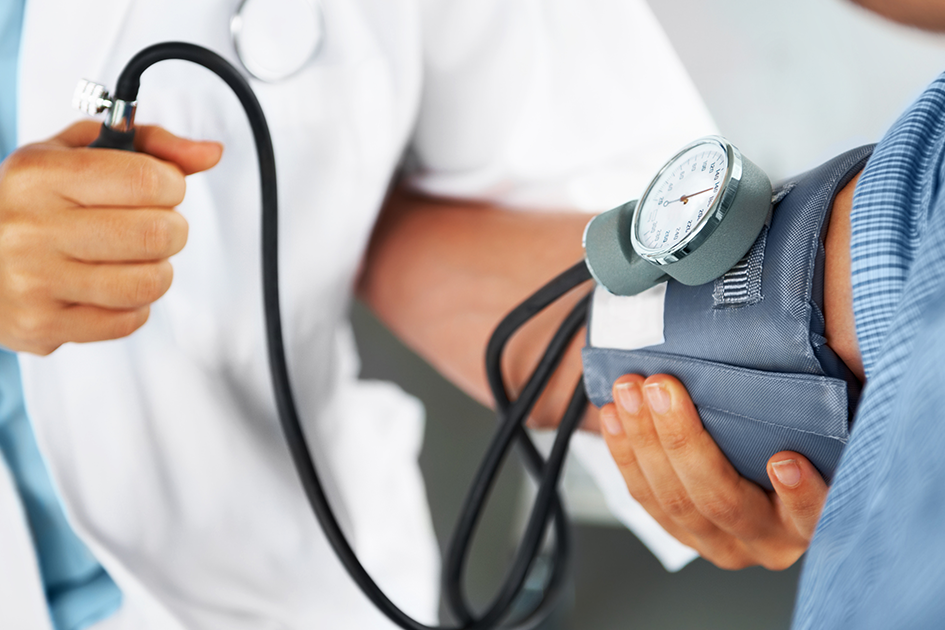Echocardiogram
An echocardiogram (echo), also known as a cardiac ultrasound, uses sound waves to evaluate the anatomy and function of the heart. It is one of the most commonly used tests in the evaluation of heart disease.
What is an echocardiogram?
An echocardiogram is a safe and painless test that allows your doctor to evaluate the anatomy and function of the heart. Electrodes (small plastic stickers placed on the body) are used to check the heart’s rhythm while ultrasound technology produces an image of the heart to help your doctor determine how the blood is flowing. An echocardiogram is performed on patients of all ages and sizes, including newborns and fetuses. Your doctor can use the images from an echocardiogram to identity potential heart disease.
There are several types of echocardiograms:
- Transthoracic Echocardiogram: This is the standard type of echocardiogram that is performed with a handheld device, known as a transducer, which is placed on the patient’s chest while lying down. The transducer (a form of ultrasound technology) transmits high frequency sound waves that bounce off the heart structures and produce images and sounds that are used by your doctor to detect potential heart damage and disease.
- Stress Echocardiogram: This type of echocardiogram is used to determine how well the heart and blood vessels are working, specifically the coronary arteries, during a period of stress, which is induced by medication or exercise. Imaging is taken via a transducer before and after the medication has been administered or the exercise has been completed.
- Transesophageal Echocardiogram (TEE): This type of echocardiogram is used to obtain more detailed images of certain parts of the heart by using a long, thin, tube, known as an endoscope, to guide the transducer inside the body and down the esophagus (which is located directly behind the heart) while the patient is sedated.
Why is an echocardiogram performed?
Your doctor may suggest an echocardiogram to check if heart problems may be the cause of symptoms, such as shortness of breath and chest pain.
An echocardiogram can help your doctor identify:
- Any structural or functional problems with the heart valves, such as narrowing or leaking
- Blood clots in the heart
- Holes in the heart
- Problems with the blood vessels that are responsible for bringing blood to and from the heart
- Problems with the heart's lining
- The size and shape of the heart and its walls
- The strength of the heart's pumping ability
What can I expect during an echocardiogram?
Before the echocardiogram is performed, a technician will attach electrodes (small plastic stickers) to the patient's chest. Then, the technician will place a cool gel on the patient's chest and use a transducer to glide the gel across their chest. The patient will feel slight pressure as the technician moves the transducer around their chest to capture images of the heart. Once the echocardiogram is complete, the technician will wipe the gel from the patient's chest and remove the electrodes. To obtain clear images, it is important for the patient to be as still as possible during the exam. Depending on the information your doctor needs, the patient may need more than one of the types of echocardiograms listed above. Each type of echocardiogram involves few, if any, risks.
Care Team Approach
Patients are cared for by a dedicated multidisciplinary care team, meaning the patient will benefit from the expertise of multiple specialists across a variety of disciplines. Our board-certified and fellowship-trained heart surgeons have extensive experience treating patients with heart disease and vascular disorders and work alongside a team of cardiac experts, including cardiologists, interventional cardiologists, electrophysiologists, critical care specialists, hospitalists, anesthesiologists, perfusionists, nurses, advanced practice providers, social workers, psychologists, child life specialists, dietitians, physical and occupational therapists, pharmacists, and more, providing unparalleled care for patients every step of the way. We collaborate with our colleagues at the Dell Medical School and The University of Texas at Austin to utilize the latest research, diagnostic, and treatment techniques, allowing us to identify new therapies to improve treatment outcomes. We are committed to communicating and coordinating the patient’s care with referring physicians and other partners in the community to ensure that we are providing comprehensive, whole-person care.
Learn More About Your Care Team

Institute for Cardiovascular Health
Ascension Seton Medical Center - Main
1201 W. 38th St., Austin, TX 78705
1-512-324-3028
Get Directions

Texas Center for Pediatric and Congenital Heart Disease
Dell Children's Specialty Pavilion
4910 Mueller Blvd., Austin, Texas 78723
1-855-324-0091
Get Directions